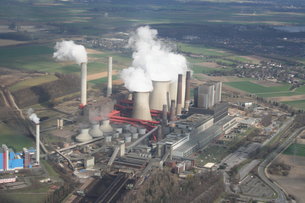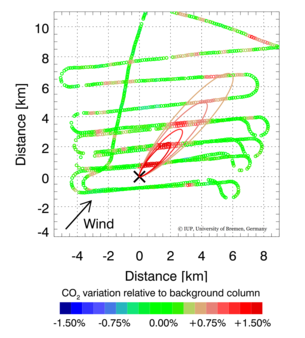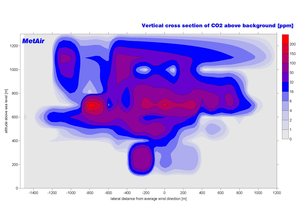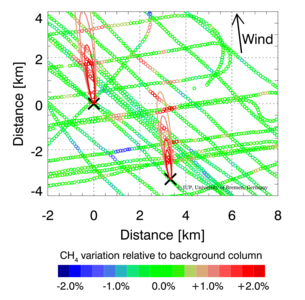5 March 2014
With increasing levels of greenhouse gases causing our climate to change, it is important to understand exactly where these gases come from and how they disperse in the atmosphere. A recent field campaign has shown that a potential new satellite could provide the answers.
CarbonSat is one of the two candidates for ESA’s eighth Earth Explorer satellite.
Using the unique spectroscopic fingerprint of carbon dioxide and methane, the mission aims to image these two strong greenhouse gases at very high resolution. The mission would lead to a better understanding of the sources and sinks of atmospheric carbon dioxide and methane.
And, for the first time, it would also lead to disentangling how much comes from natural sources, such as wildfires and from melting permafrost, how much is absorbed by plants, and how much is a result of industrial practices and other human activities.
As well as improving our knowledge of the global carbon cycle, CarbonSat would focus on small-scale feedback processes, around cities and industrial areas, for example.
CarbonSat’s highly detailed spatial imaging, using an absorption spectrometer, is an innovative approach for measuring greenhouse gases.
As with any new satellite technology or remote-sensing technique, it has to be thoroughly tested using airborne versions of the instrumentation.
CarbonSat’s new imaging method has now been tested using an airborne sensor called Mamap.
Developed by the University of Bremen and the GFZ Research Centre for Geosciences, it uses an extremely accurate solar absorption spectroscopy technique, the same as would be used by CarbonSat.
Carried on an aircraft, the novel Mamap measures atmospheric carbon dioxide from power plants and methane from coalmine ventilation shafts in Germany.
While it sensed gas concentrations from above, another instrument on a second aircraft flew through the gas plumes to take in situ measurements for comparison.
Results from the campaign show that variations in the levels of the two gases can be measured in detail using this remote-sensing technique.
ESA campaigns coordinator, Dirk Schüttemeyer said, “Mamap allows us to exploit the potential of CarbonSat’s innovative way of imaging carbon dioxide and methane more precisely from space than ever before.”
Yasjka Meijer, CarbonSat’s mission scientist, added, “This new type of high-resolution observation technique would make a unique and significant contribution to a future carbon observing system.
“It means that, from space, we would be able to distinguish between fluxes from natural sources and those from human activity.”
Mamap will be put to task again this summer, this time in California, USA, over land and over the ocean.
A workshop on the latest developments in measuring greenhouse gases from space will be held on 5–7 May at ESA’s Technical Centre in Noordwijk, the Netherlands.
As well as CarbonSat, the FLEX mission, which aims to quantify vegetation fluorescence, is being studied in parallel as a candidate for ESA’s eighth Earth Explorer. A decision on which mission will go forward is likely to be made next year.
Related Links:
ESAGuillermo Gonzalo Sánchez Achutegui
ayabaca@gmail.com
ayabaca@hotmail.com
ayabaca@yahoo.com
Inscríbete en el Foro del blog y participa : A Vuelo De Un Quinde - El Foro!








No hay comentarios:
Publicar un comentario